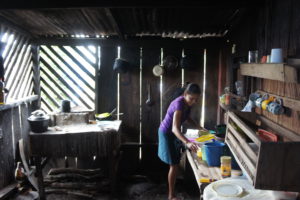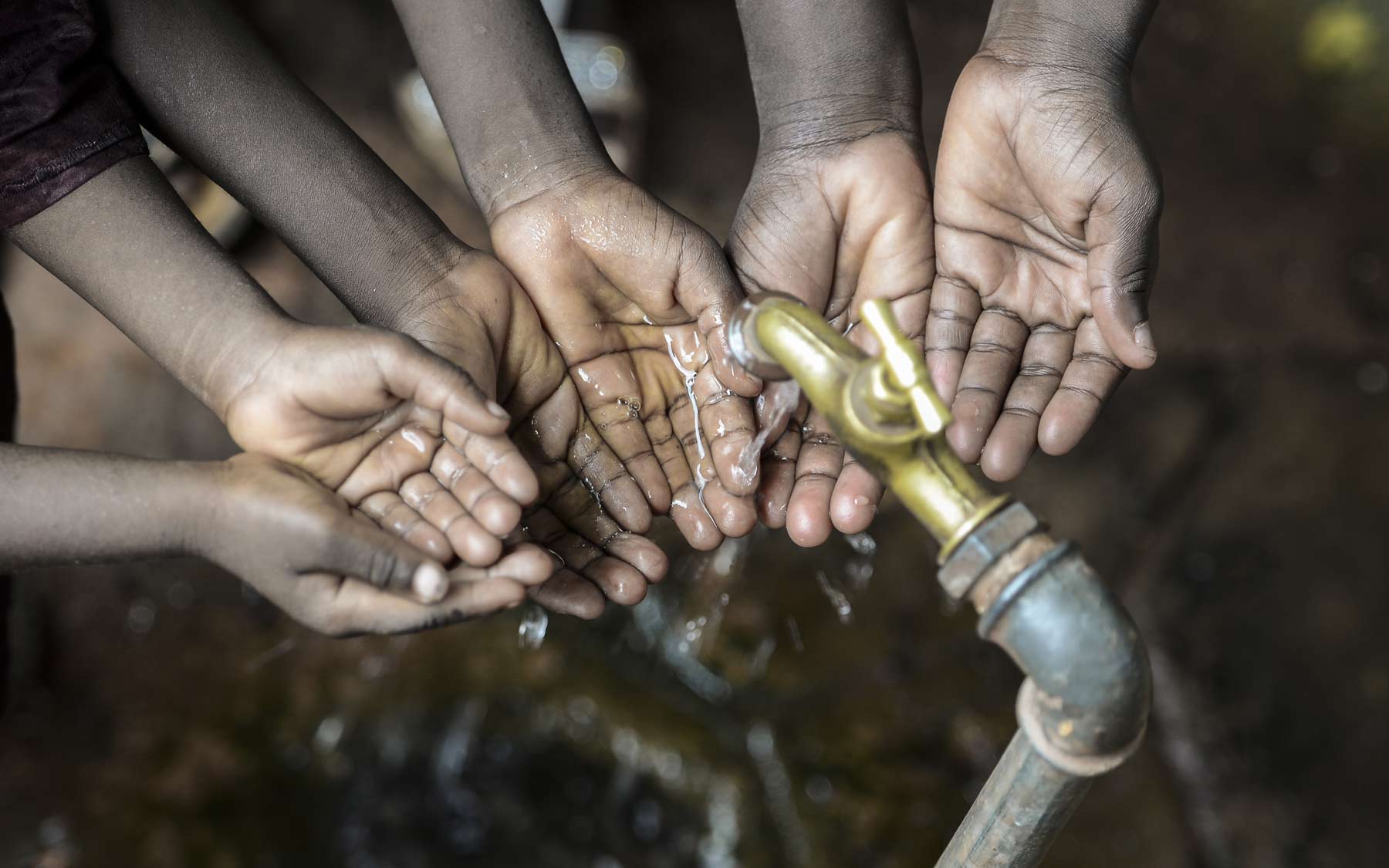I have had the distinct privilege of traveling to some of the world’s most beautiful places. It’s hard to call any one a “favorite.” Like many who travel, I love each of these journeys for different reasons—a lot like the love of parents for their children.
Some, like the one to southern Italy, are luxurious and relaxing—rich in texture, flavor and history. Full of guilty pleasures, decadent food and exquisite luxuries, this is a beautiful spot in the world.
Others, like Jakarta, are loud and bustling, alive with the energy of a city packed with four times the number of people it should have. Motorcycles whizzing by with entire families packed on top, zooming past every type of moving contraption you can imagine; luxury cars, old trucks that look like they will break down any minute, large group buses, and hand-pushed rickshaws—all blending into one harmonious city symphony with each playing a part.
And some, such as the Navajo Nation in New Mexico, are complex because of their simplicity. They leave me conflicted as I ponder how so many can live without basic necessities in a day and age with so much wealth, prosperity and technology. Yet there is an indescribable peace that exists amid the sorrow.
I’ve often pondered the difference between communities that survive and communities that thrive. Why do some remain stuck in a fight for survival while others rise above—to prosperity, growth and generational wealth? There are certainly macro things at play: local government, access to natural resources, the history of the people and culture, the political climate in each area. And, for the most part, these macro things are out of reach for the average person to influence significantly. However, there are also many other things—foundational pillars that are fundamental to a thriving community—that ARE in our power to influence, enhance or provide.
It begins with a healthy foundation that we believe every community needs to thrive. This idea is the basis for our 6 Pillars, part of our One At A Time initiative. These pillars represent essential elements of a thriving community. They are energy, clean water, education, health, economic development and environmental sustainability. Without any one of these pillars, members of the community are forced to focus efforts on survival. Time, energy, mental capacity and all the family’s efforts are expended on simply getting by. With these pillars, community members can focus on expansion; personal development; increased learning; healthy collaborations and outreach; connections to others in the world; commerce; and innovation.
Each of our customers will contribute to our efforts to expand and improve these pillars in communities across the world simply by using our products. That’s because 1% of all our revenue will go directly to projects that support these pillars.

As I think about the communities I’ve visited, I can envision how these pillars will impact lives in meaningful ways. I can envision the young mother I met in rural Nicaragua who cooked an exquisite meal for me in her one-room home and we ate on a simple wooden table on the swept dirt floor. The running water in her modest but clean kitchen was relatively new for her. She spoke of the time it saved for her as she raised her family and how much more she was able to do. She was a schoolteacher and was passionate about giving her children an education. We were there to install the first lights she would ever have in her home. This simple change, she said, would add hours of meaningful time to their day—enabling her to continue to teach her children beyond the daylight hours that were so critical for farm work and other survival needs. Water, education and energy—three of our pillars that in this family’s life would mean the difference between a life of exclusively farm work and a life where lifelong learning and achievement could accompany a basis in agriculture.
Who knows where her children will rise? Who knows how much those extra hours in the day will mean over a lifetime? Who knows what impact one of her children will go on to make in the world? Who knows what one small change, one small improvement, one more empowered individual, will mean to the world? Who knows what influence this type of personal, intimate and meaningful change made over and over for individuals and communities around the world will have?
I can’t wait to find out.
Viva Viv!
Cami Boehme, CEO
Facts about our 6 Pillars:
Energy
Globally, almost 1.1 billion people still live without electricity.[1] That’s known as energy poverty. And because energy poverty means no light to study by, no outlets to charge phones, and no Internet to connect with the world, it perpetuates financial poverty as well. Even in developed nations, far too many families are forced to choose between keeping the lights on and keeping food on the table.
A better plan? Access to clean, affordable and reliable power, one family at a time.
Education
Around the world, 57 million children of primary school age have no classroom access and millions more walk miles a day to neighboring villages to get an education[6]. The literacy rate is increasing, yet billions still lack access to the Internet—a barrier to education and economic opportunity. It should come as no surprise that poverty and lack of education are inextricably linked. But what not everyone knows is that education and health are closely linked as well.[7] Education is the catalyst for raising communities out of poverty and allowing them to thrive.
A better plan? Improved access to schools, education and the Internet in remote and underserved areas, one community at a time.
Economic Development
Almost 10% of the world’s population (including 385 million children!) live on $1.90 or less a day.[2] This is extreme poverty. Without enough good food, medical care and educational opportunity, young bodies and minds can’t develop to their full potential. And because children are the future of all communities everywhere, everybody—every one of us—is poorer for it.
A better plan? Increased economic opportunity, stable incomes, banking services and a secure standard of living, one community at a time.
Water
Today, 1 in 9 people lack access to safe drinking water, and 1 in 3 people lack access to a toilet.[3]That’s a health crisis of epic proportions: According to the World Health Organization, waterborne disease is the world’s leading killer, claiming a child’s life every 90 seconds. Dirty water also kills young girls’ dreams. Where clean water is scarce, they’re the ones who must spend hours each day carrying heavy jugs to and from wells—time that could have been far better spent in school.
A better plan? Increased access to safe drinking water, water filtration and sanitation systems, one family at a time.
Health
400 million people globally lack access to the most basic health services[4]. These include the immunizations, medicines and safe childbirth that the developed world takes for granted. And if you count all the other common yet urgent medical issues that fall outside of basic care, like infectious diseases and diabetes, the number of people forced to go without medical treatment grows much higher than that.
A better plan? Expanded and affordable access to essential health services, clinics and sanitation services, one community at a time.
Environment
An area equal to 50 football fields of rainforest was destroyed every minute between 2000 and 2013. Forests make life possible. Yet the world has lost nearly half of its forests to agriculture, development or resource extraction.[5] Forests provide life-saving and life-giving food, nutrients, cover from storms, barriers from landslides and much more that a thriving community needs. Threats to our planet’s natural ecosystem affect human health, economic security, infrastructure and communities. Saving ecosystems is often far simpler and more cost-effective than human-made interventions.
A better plan? More conservation of precious resources, reforestation in damaged areas and protection of our planet, one tree and one ecosystem at a time.



